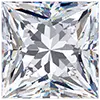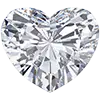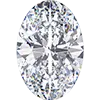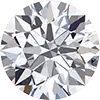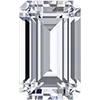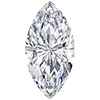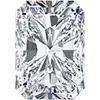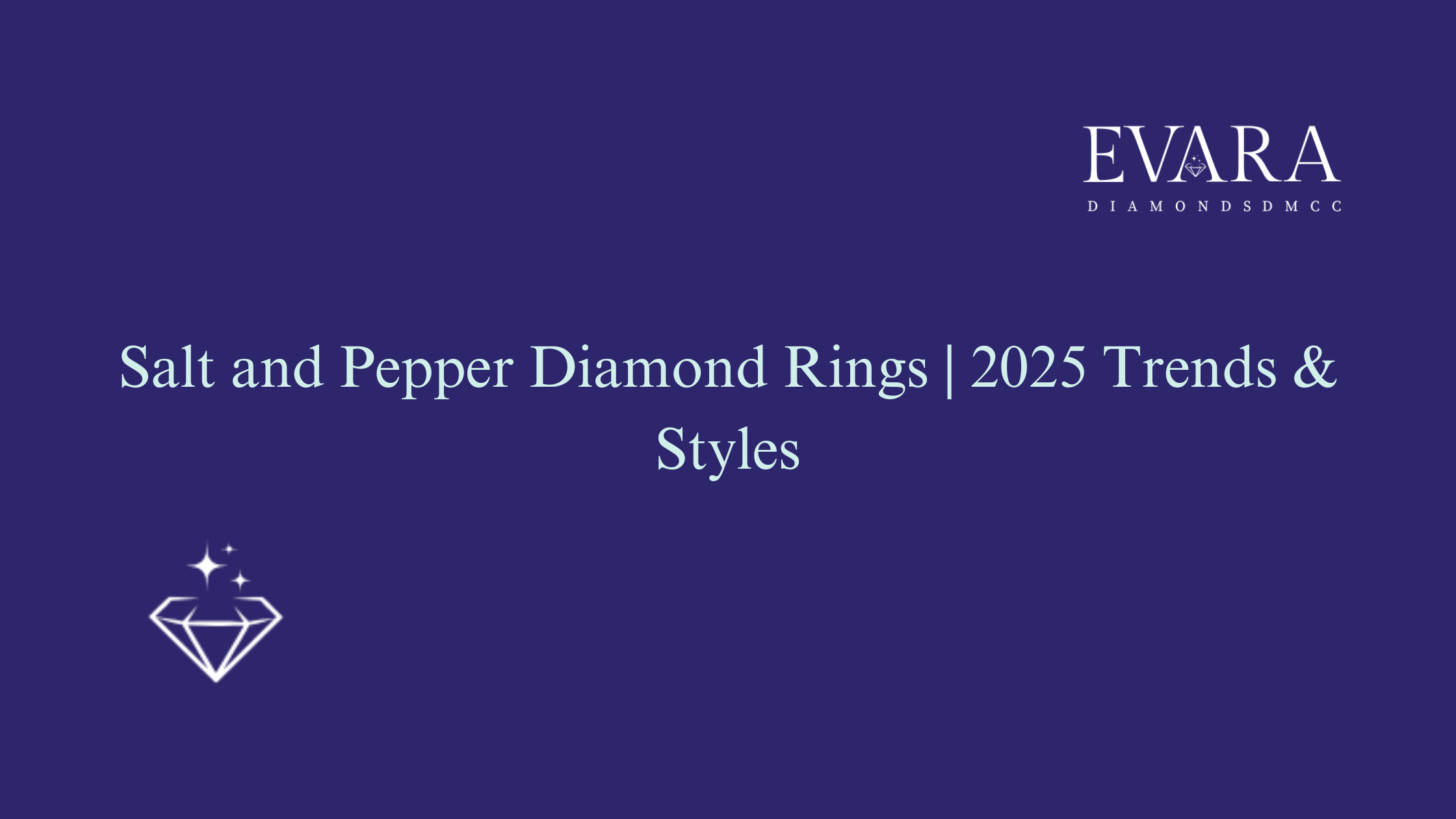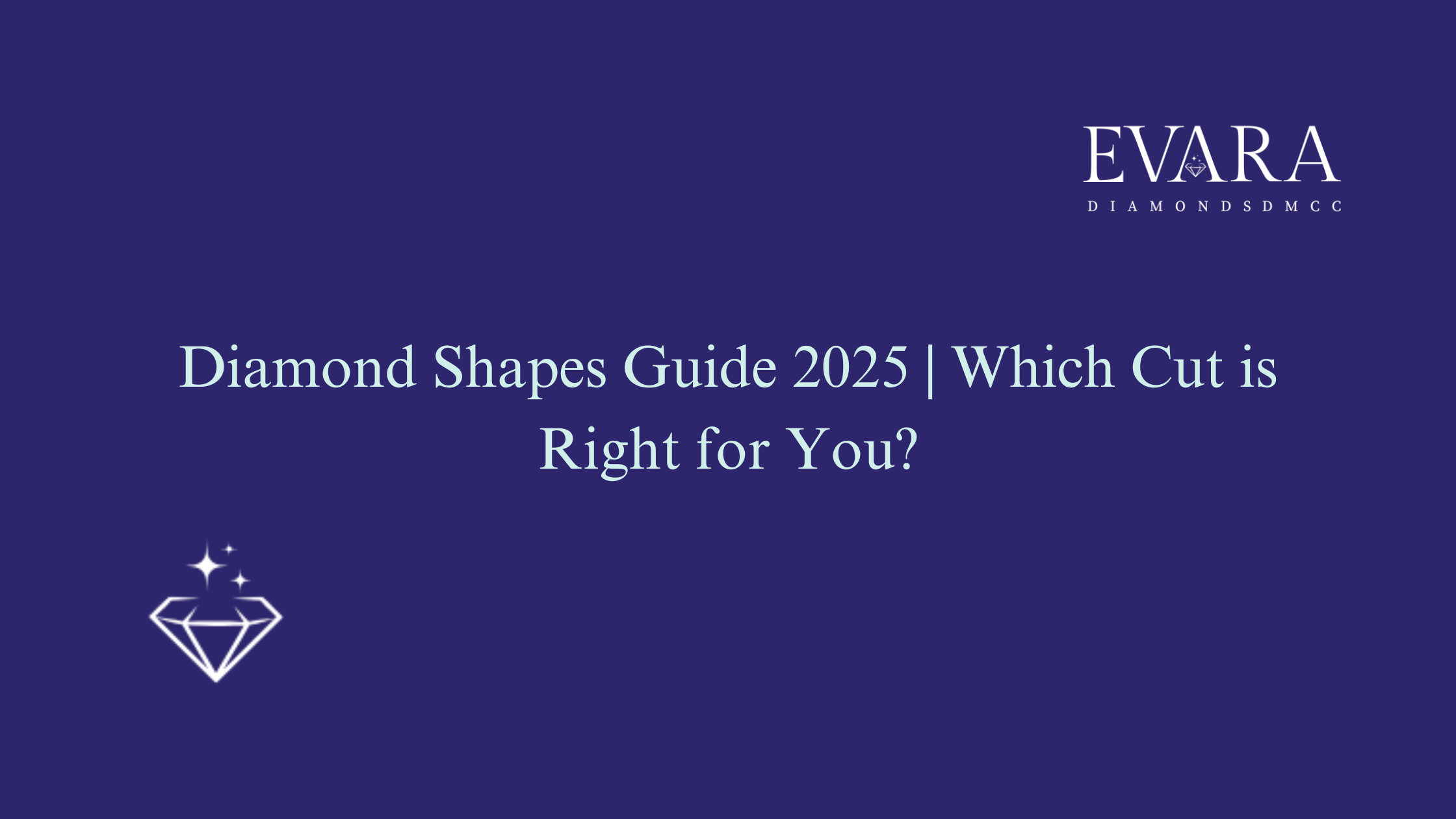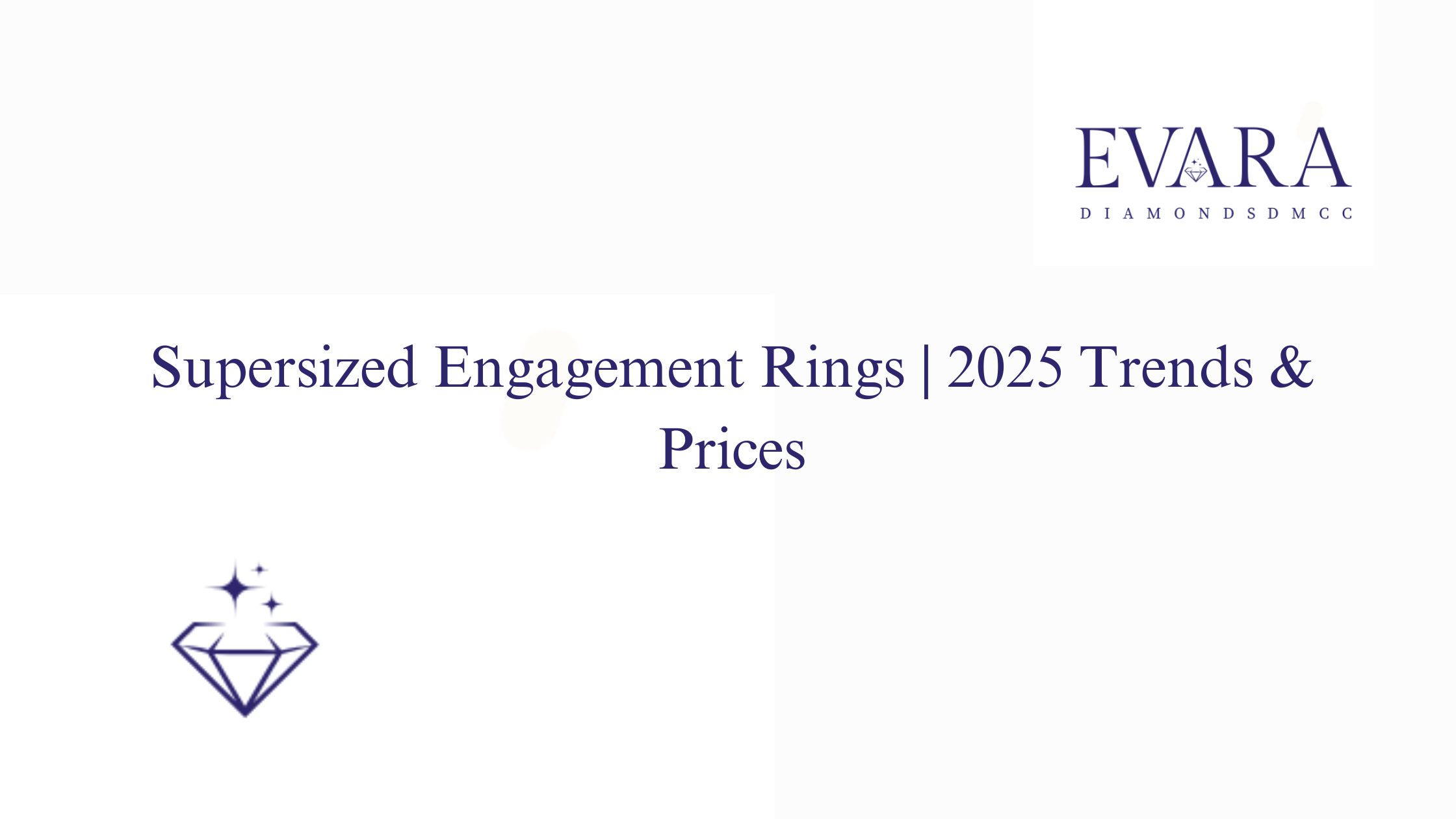Diamond Setting Types
From Classic to Contemporary: Navigating Diamond Setting Styles
Just like the shape and size, the diamond setting type contributes significantly to the visual allure of a diamond along with defining its durability and appearance in the piece of jewelry. Different setting styles bring unique characteristics that enable the designer to express creativity and satisfy diverse customer preferences. While the Bezel setting makes the diamond look bigger, the Halo setting bestows an ethereal glow to the jewelry. Let’s delve into the diamond setting excellence and bring out the best one for your diamond jewelry.
What are Diamond Settings?
Similar to different types of diamonds, there are numerous ways they can be fitted into any piece of jewelry for an astonishing appearance. Choosing the right diamond setting decreases or increases the use of metal and thus makes your diamond look brighter and bigger, according to particular preference. Moreover, different types of diamonds seek different types of protection and care. To keep the diamond safer and shining, choosing the right diamond setting type becomes even more important. Whether there is a single diamond or a series of stones in your jewelry, you always have plenty of options to choose from and make your precious wearable look adorable.
These settings not only contribute to the aesthetic appeal of the piece but also play a crucial role in showcasing the brilliance and overall presentation of the diamonds.

Beyond the Sparkle: Different Setting Types
Prong Diamond Settings
One of the most used diamond settings is where two or more metal prongs wrap around the stone to fix it on the highlighting spot. Minimizing the use of metals, this setting allows maximum light to pass through the diamond to make it shine even brighter. Elevate the diamond’s radiance with the timeless charm of prong settings.
Bar Channel Settings
This one is a comparatively more secure diamond setting type in which the diamond is placed between two vertical metal walls on either side. Just like sentinels standing guard, metallic bars cradle each gem, creating a tapestry of brilliance. Bringing the modern twist on classic beauty, diamond shine in perfect harmony.
Bezel Settings
Diamond placed in the lap of the metal rim, providing it safety from all sides comes under the bezel setting. This pair of diamonds with metal makes the stone look bigger and heavier. A smooth metal border, both protective as well as chic, frames your gem in a timeless silhouette. Add a touch of modern elegance and safeguard your treasure with a bezel diamond setting.
Shared Prong Settings
The variation of the classic prong setting, this setting is used to set multiple diamonds in series while minimizing the use of metal. Each stone in the shared prong setting becomes part of a dazzling constellation, collectively casting a luminous glow that captivates admirers. This setting not only allows for a smooth and elegant appearance but also maximizes the exposure of the diamonds, letting more light enter and enhancing their brilliance.
Channel Settings
Diamonds are secured between the parallel walls of metals where diamonds align in a seamless flow. Uninterrupted and refined, the channel setting portrays the unity of everlasting love, encapsulating diamonds in a stream of pure elegance. The channel setting provides a sleek and modern look, and it offers a smooth and secure way to showcase multiple stones without the need for prongs. This setting is popular for both engagement rings and wedding bands, as well as for other types of jewelry.
Tension Setting
One of the most adorable diamond setting types where springing is used to hold the faceted stone in place. Springing is a physical characteristic of metal that can only be used with diamonds with a hardness level of 9 or more. Suspended in a delicate balance, your diamond appears to float, capturing attention with an air of mystique. This modern setting blends innovation with elegance, symbolizing tension and harmony.
Pave Settings
The elegant setting type is where the stones are fixed very close and tight to each other with tiny beads. This complex diamond setting type bestows a stone-encrusted base look on the jewelry base. Elevate the diamond appearance with the artistry of pave settings. Give a look to your jewelry like stars are strewn across the midnight sky and bestow a breathtaking, radiant display.
Bar Setting
In a bar setting, diamonds are first nested in the grooves and then set between the metal bars using a hammering tool. Like the tension setting, the stone must have a hardness level of 9 and above. This setting exudes a sense of timeless stability, ensuring your gems stand proudly as a testament to enduring commitment. Just like the pillars of love, metal bars secure diamonds in a linear arrangement.
Flush/Gypsy
Very similar to the bezel setting, this is a modern and contemporary diamond setting style where the face of the diamond almost aligns with the level of metal. A flush diamond setting allows only the face of the diamond to be visible to people while the rest of the diamond is engraved into the metal. This setting whispers of quiet confidence and a love that speaks volumes.
Scallop/Fishtail
Like gentle waves embracing the shore, these settings create a scalloped edge, cradling your diamonds with intricate grace. Safe as a prong setting, this is a more decorative option to highlight your diamonds in the jewelry. These settings are often used with round or oval-shaped center stones, but they can be adapted to various diamond shapes.
Choose the Right Setting Metal for your Different Diamond Color
Choosing the diamond setting type is one thing but choosing the right metal is also crucial to enhance the presentation of your precious stone. As we embark on the journey of selecting the perfect setting for your precious diamonds, a world welcomes us where color transcends the spectrum, and metals become the canvas upon which your unique story is painted. The diamond color is denoted with a particular scale developed by GIA which goes from D to Z. D refers to the most colorless stone with utmost purity while Z contains yellow or brown tints that can be noticed with the naked eye
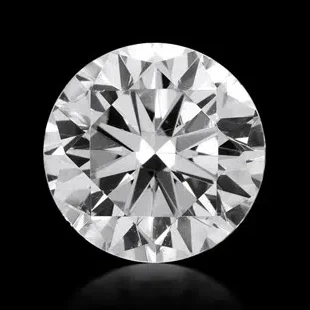
D-E- F: Colorless
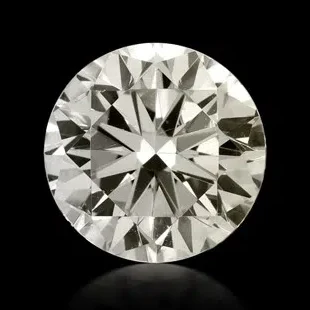
G-H-I-J: Near Colorless
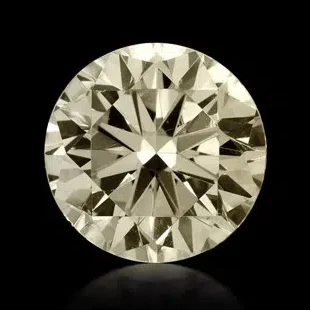
K-L-M: Faint Color
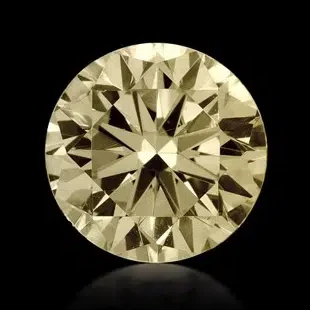
N-R: Very Light Color
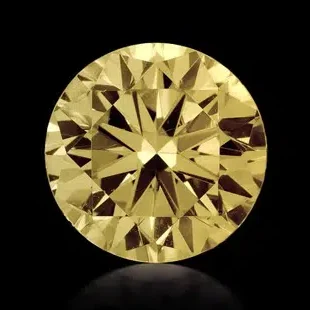
S-Z: Light Color
Join us in exploring the alchemy of diamond and metal, a fusion that transforms jewelry into wearable poetry, capturing the essence of moments and memories.
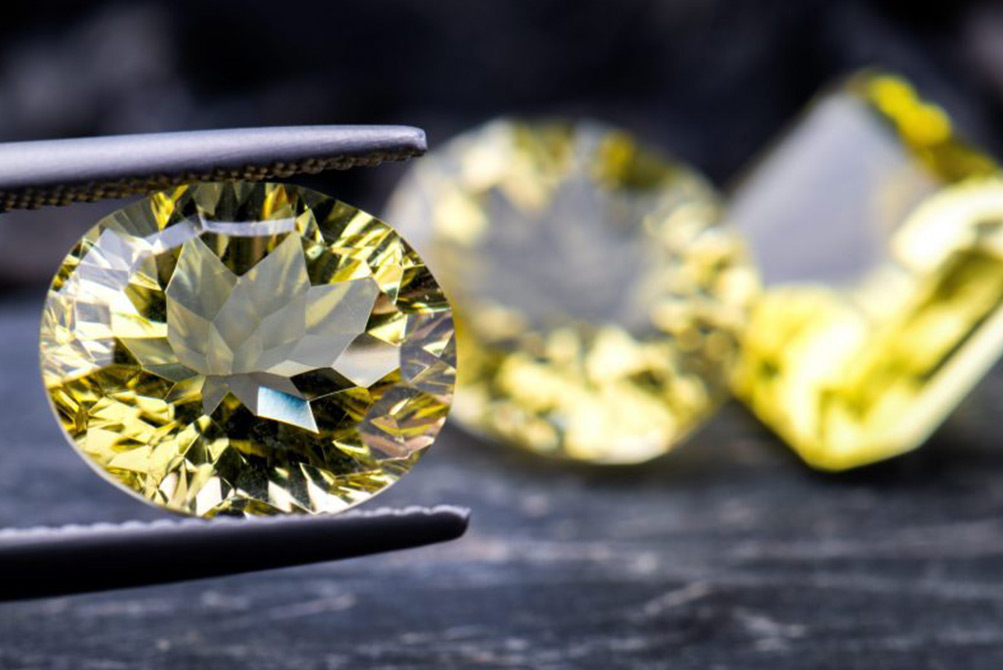
Best Metal for Diamond with Yellow Tints
Polished diamonds being highly reflective, shine with the color of your metal. Yellowish or brownish tint diamond is not meant to go with white metals like White gold or platinum. As a result of the increased contrast, the stone’s coloration will be more noticeable. That is why putting such a diamond in white metal will only make the stone look even more tinted.
Instead of going for a white setting, it is recommended to opt for a colored metal such as yellow or rose gold. The metal’s color will mask the yellowish tints of the stone and make it look whiter against the mounting.
When choosing a setting for a tinted diamond, it is important to make sure the prongs are of the same color as the rest of the setting. In case the mounting is made of colored metal and the prongs holding the stone are white, they will still enhance the yellow tints in your diamond.
Best Setting Metal for Almost-Colorless Diamonds
Depending on the color range of your diamond, you get a range of metal options to pair with your beloved stone. The diamond graded G or H hardly has any tints and thus can easily be cheered with white gold or platinum. Diamonds graded I or J have a bit stronger yellow tint which seeks colored metals to pair with. So, you can go with a yellow or rose gold setting.
Cut quality is also a considerable factor that defines the visibility of yellowish tints. Some cuts like Round and Princess hide the color imperfections and let you choose the white metals as well. Similarly, poorly cut diamonds make the color more noticeable which you can only pair with a certain colored metal.


Best Setting Metal for Complete-Colorless Diamonds
The more colorless your diamond is, the broader are the metal options for your jewelry. For diamonds falling in the colorless range with grade D-E-F, there are numerous metal choices you can opt from. Colored metals can complement colorless diamonds, allowing them to stand out when mounted. However, it’s important to note that such a setting may introduce a slight yellow tint to the stone.
If you wish to avoid adding any color to the diamond, it’s advisable to choose a setting in white gold or platinum. Should you still prefer colored metals, using white metals for the prongs makes sense. This approach enhances the appearance of the center stone, making it appear whiter against a colored background. Given the significant investment in a colorless diamond, it’s prudent to ensure that its color remains untainted.
Opting for white metal also offers durability benefits. Platinum outlasts gold, ensuring that the prongs wear down at a much slower rate. Consequently, you won’t need to frequently repair your ring.
Shop Diamonds by Shape
50+years of excellence in the diamond industry
Recent Blogs
We provide valuable insights and knowledge for those who are interested in purchasing or simply learning more about these exquisite gems.
